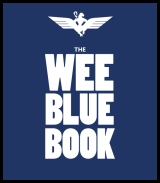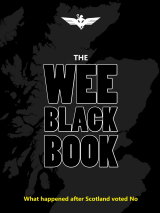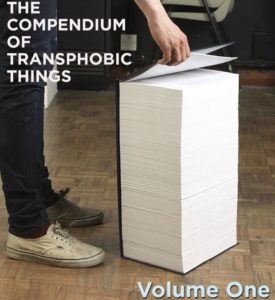The politics of truthiness 105
One of the main strengths of the No campaign in the independence referendum was that it had an efficient production line for “truthiness”. Best known as a concept from the US satirical TV show The Colbert Report, the term means things that SOUND as if they’re true, and which people will therefore be inclined to believe, even though they fall apart under any factual scrutiny.
One good example is shown above. The facts on the graphic are individually true, and convey – without ever actually saying so explicitly – the message that Scotland is subsidised by the UK to the tune of £7.6bn a year.
But that message, despite being implied through exclusively true facts, ISN’T true, because the extra “spending” on Scotland is actually borrowing, which Scotland has to pay back. The real truth is that the figures on the left are accurate, and that Scotland heavily subsidises the rest of the UK.
But to walk someone through even the basic explanation of that is quite complicated and involved, whereas the original message is punchy and SOUNDS true. The simpler something is the more people want to believe it, so the implicit lie on the graphic is difficult to dislodge from their minds once it’s in there.
(It works especially well if the media is overwhelmingly on the side of those creating the misleading impression, because they can count on the fact that the mainstream press won’t run any analysis pointing out the flaws in the argument, and the only people who’ll ever encounter the explanation are those who actively seek it out.)
Truthiness, then, is a very powerful tool.



















